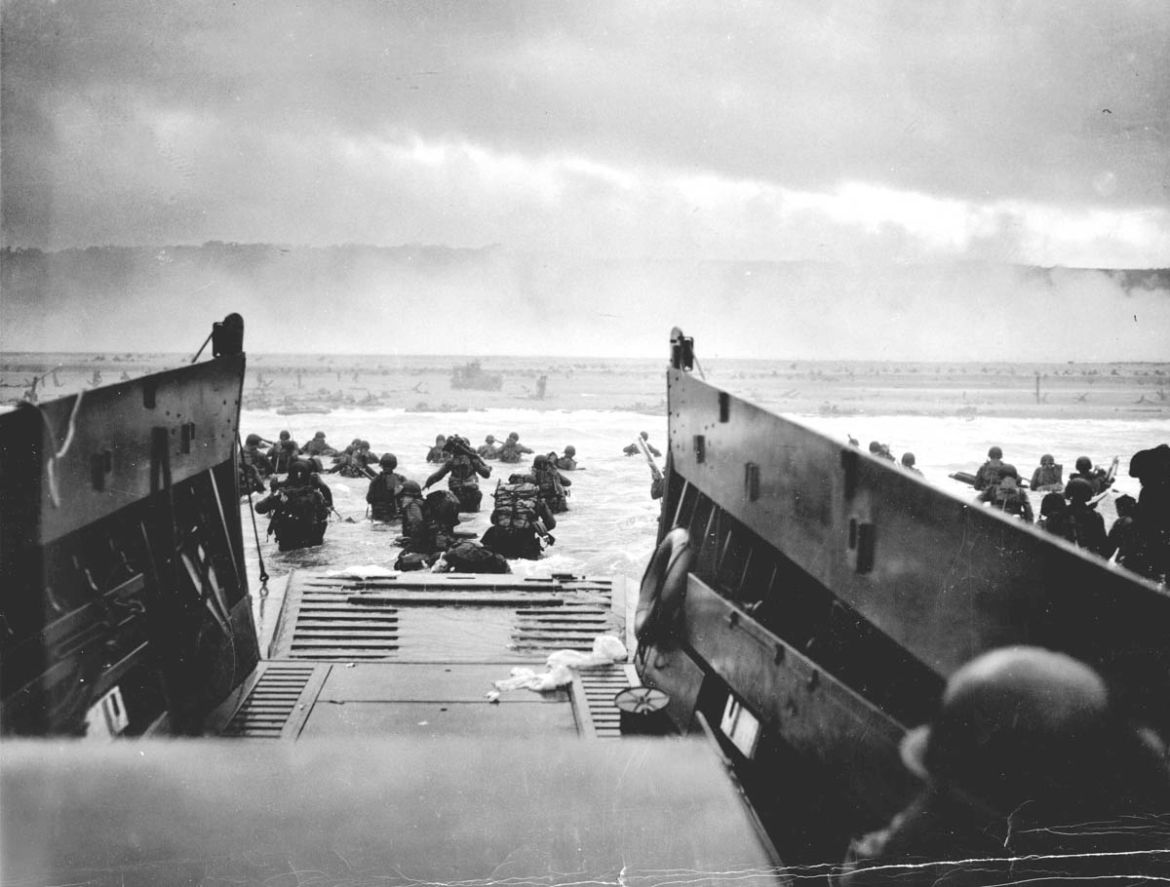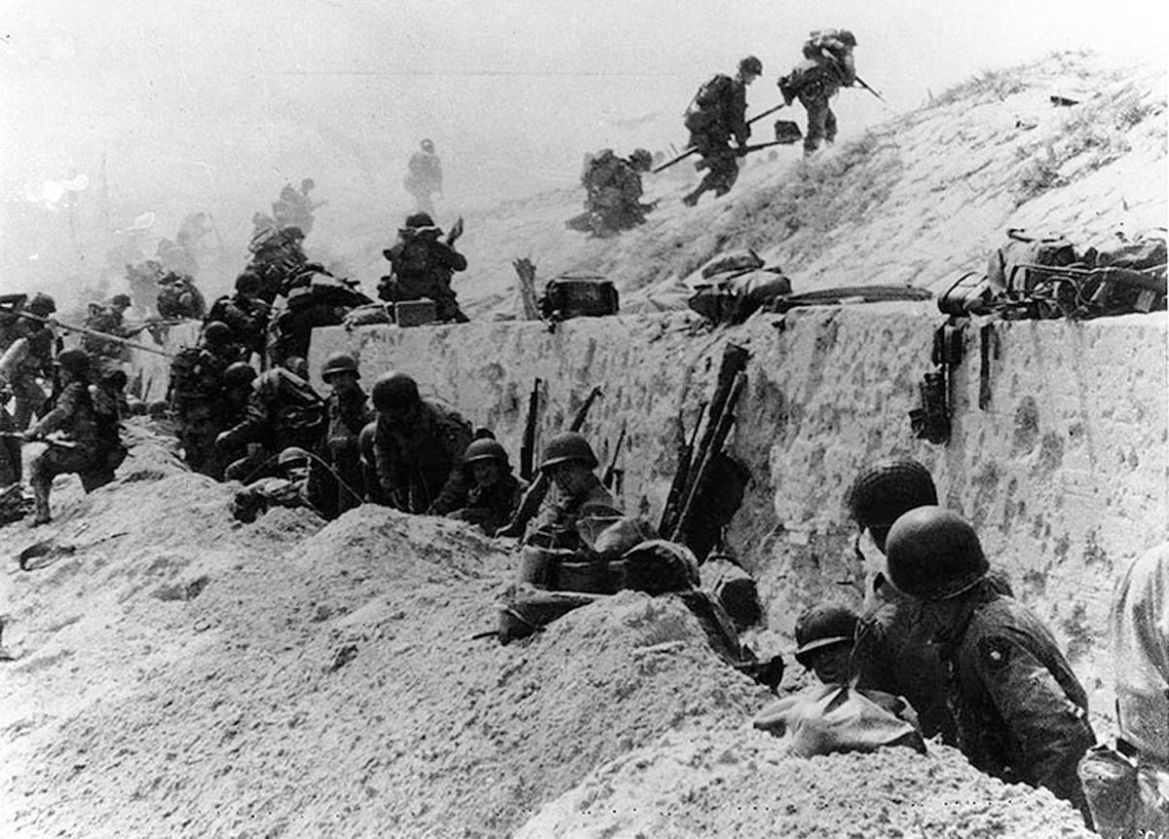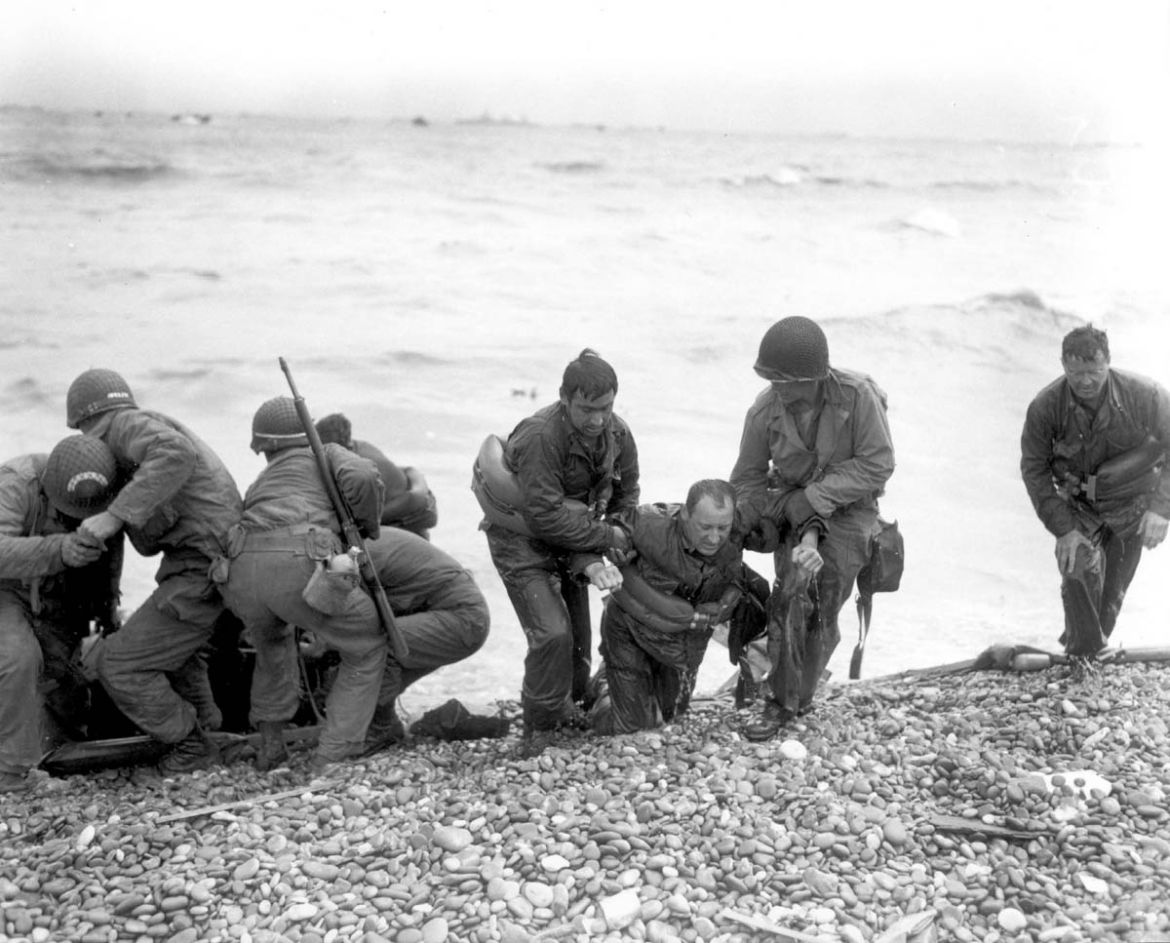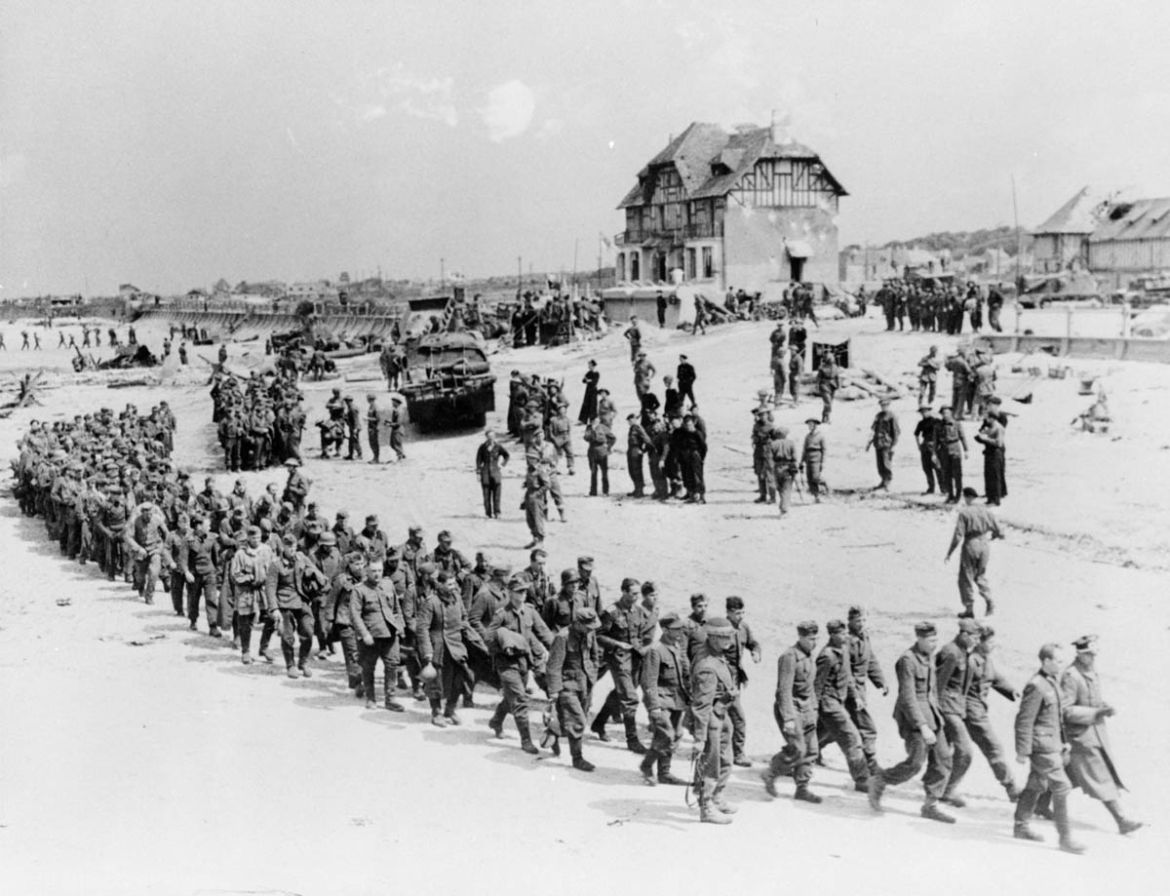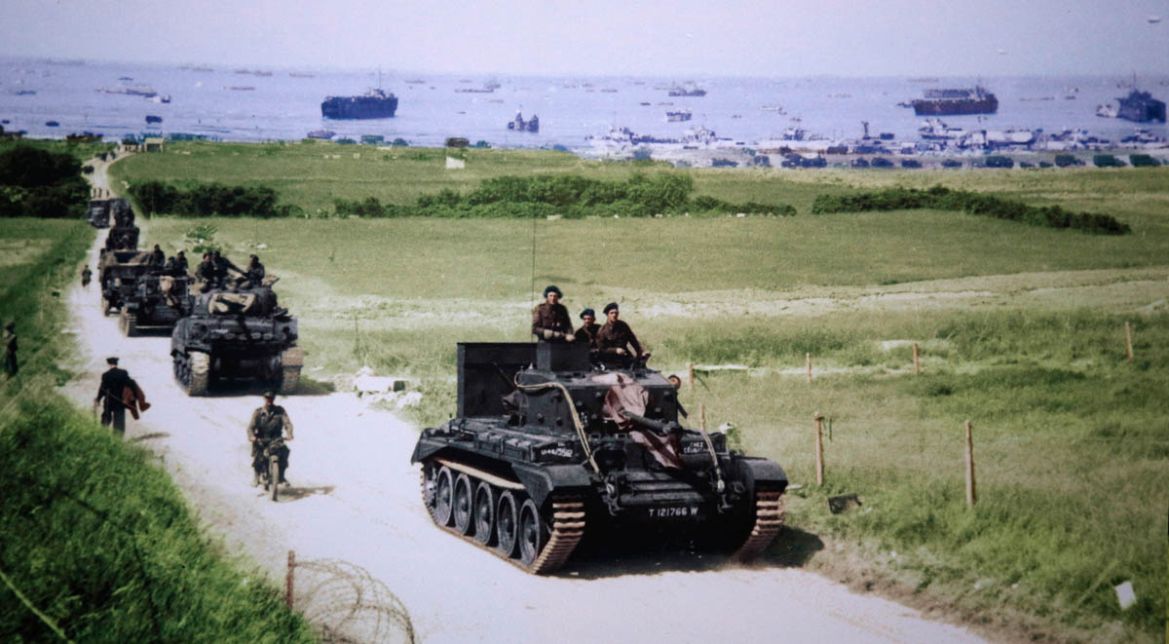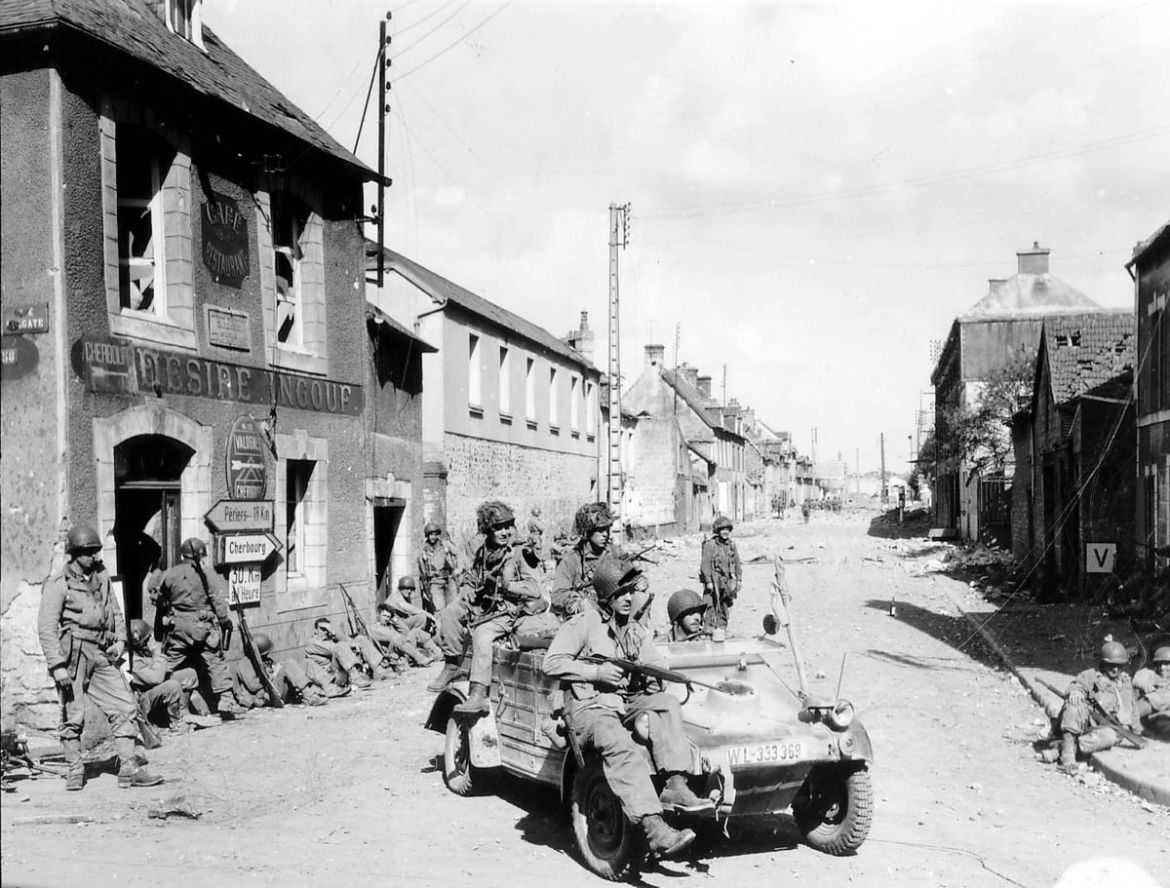In Pictures
In Pictures: The D-Day landings
The D-Day landings turned the tide of the Second World War and marked the beginning of the end of the conflict.
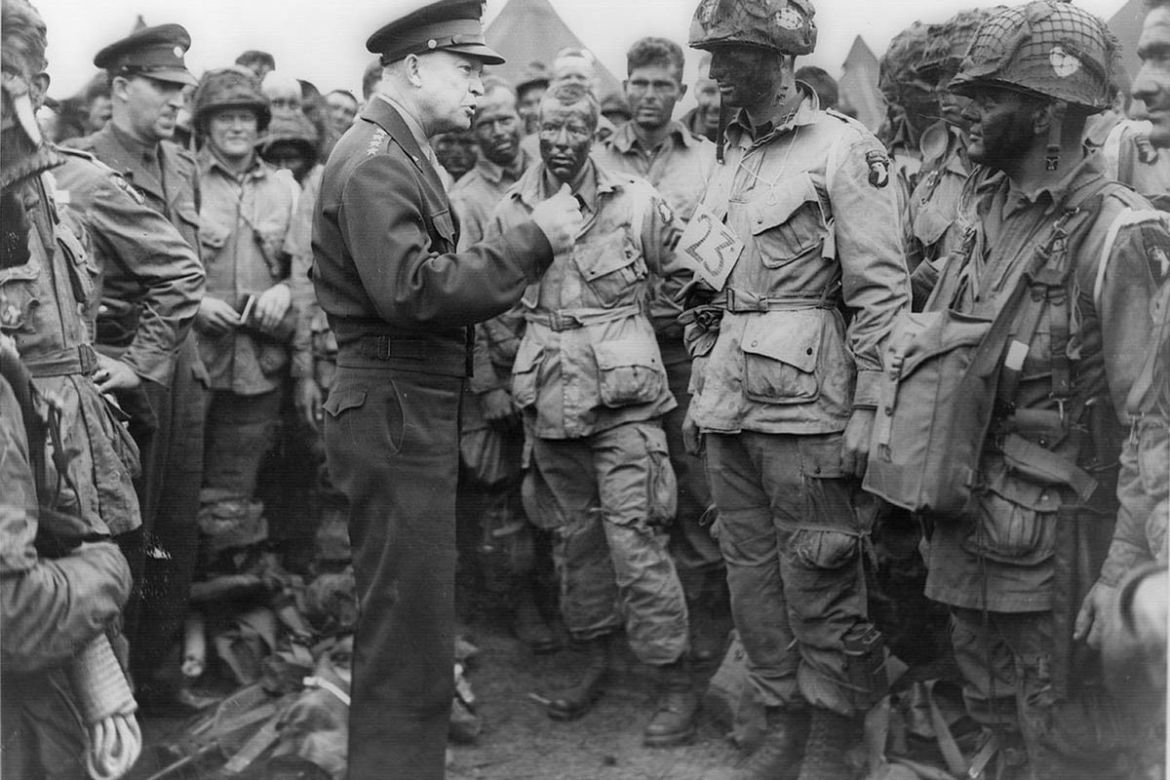
In the early hours of June 6, 1944, waves of allied troops set off from Portsmouth, England and the surrounding area to begin the air, sea and land assault on Normandy that ultimately led to the liberation of Western Europe from the Nazis.
By that time, Soviet forces had been fighting Germany in the east for almost three years and Kremlin chief Josef Stalin had urged British Prime Minister Winston Churchill to open a second front.
The invasion, codenamed Operation Overlord and commanded by US General Dwight D Eisenhower, remains the largest amphibious assault in history and involved almost 7,000 ships and landing craft and 156,000 troops along an 80km stretch of the French coast.
Shortly after midnight, 24,000 paratroopers were dropped. Then came the naval bombardment of German positions overlooking the shore. Then the infantry arrived on the beaches.
Mostly American, British and Canadian men, some just boys, waded ashore as German soldiers tried to kill them with machine guns and artillery. Survivors say the sea was red with blood and the air boiling with the thunder of explosions. More than 4,000 of the invading soldiers were killed that day, with estimates that between 4,000 and 9,000 Germans died.
